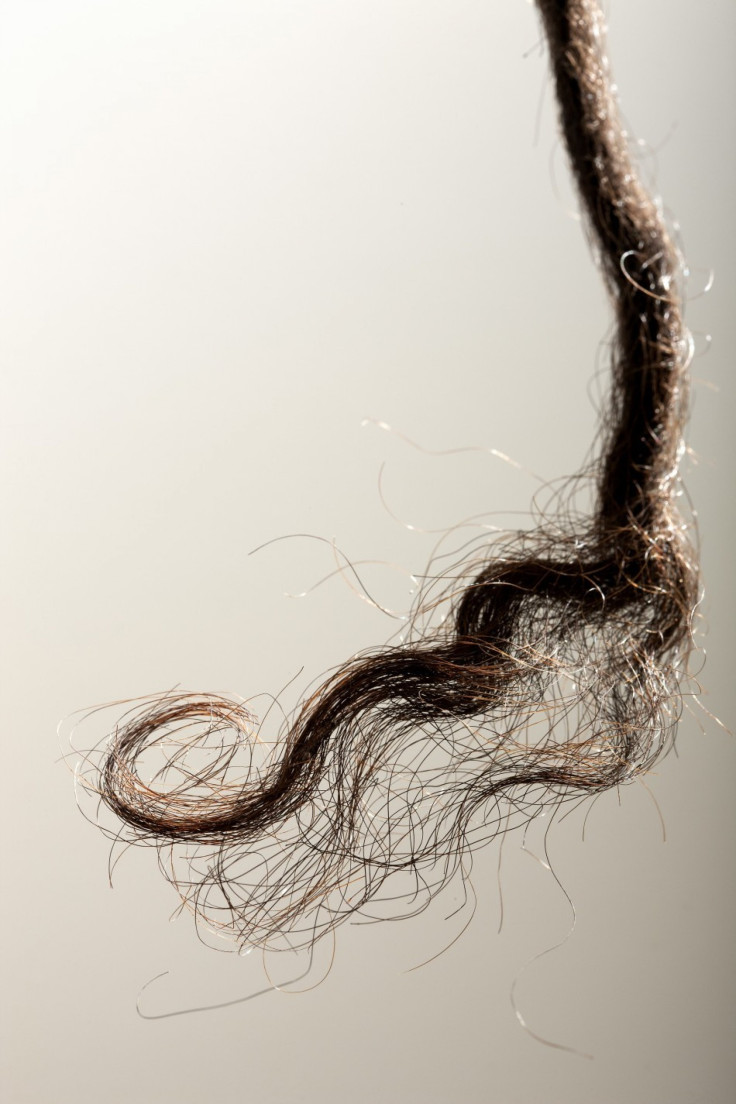Hair Shows Aborigine Ancestors Were First Out of Africa [VIDEO]

A 100-year-old Aborigine lock of hair is leading scientists to rewrite the history of human migration out of Africa as we know it.
Researchers thought that all modern humans came from a single migration wave from Africa into Europe, Asia and Australia. However, new research done on an Australian Aborigine lock of hair shows that early humans colonized Asia in two waves before settling in Europe and Asia.
Scientists believe that Aborigines' forebears probably made their way across the world 24,000 years before another wave led to Europe's and Asia's settlement.
Researchers analyzed hair donated by an Aborigine man from Western Australia to a British anthropologist over a century ago. Their analysis showed that Aborigines' ancestors separated from the first populations in Africa between 62,000 and 75,000 years ago, then eventually settled in Australia. Europe and Asia were first settled as many as 38,000 years ago, the researchers said.
Aboriginal Australians descend from the first human explorers, said Professor Eske Willerslev from the University of Copenhagen, who led the study that was published in the journal Science. While the ancestors of Europeans and Asians were sitting somewhere in Africa or the Middle East, yet to explore their world further, the ancestors of Aboriginal Australians spread rapidly; the first modern humans traversing unknown territory in Asia and finally crossing the sea into Australia. It was a truly amazing journey that must have demanded exceptional survival skills and bravery.
A journey of that sort would require the first inhabitants of Australia to cross from Asia to Sahul, the ancient continent that was comprised of Australia and New Guinea, before the sea-level rise at the end of the Ice Age.
However, Dr. Richard Klein, a paleoanthropologist at Stanford University, told The New York Times that there isn't any archaeological evidence for boats. Therefore, some researchers are still puzzled by the Aborigines' occupation of Australia.
The New York Times' article also noted that evidence of the stone tools found there showed simpler tools compared with the Upper Paleolithic tools found in Europe around the same time frame.
I don't understand why they looked so primitive, Klein said.
Morten Rasmussen, the study's lead author and an expert in evolutionary biology, told Bloomberg that people will continue to fight for the single dispersion theory.
I think the data now fits with the archaeological records better, Rasmussen said. We'll probably need a few more studies.
Learn more about the study in the video provided by the University of Copenhagen below.
© Copyright IBTimes 2024. All rights reserved.












